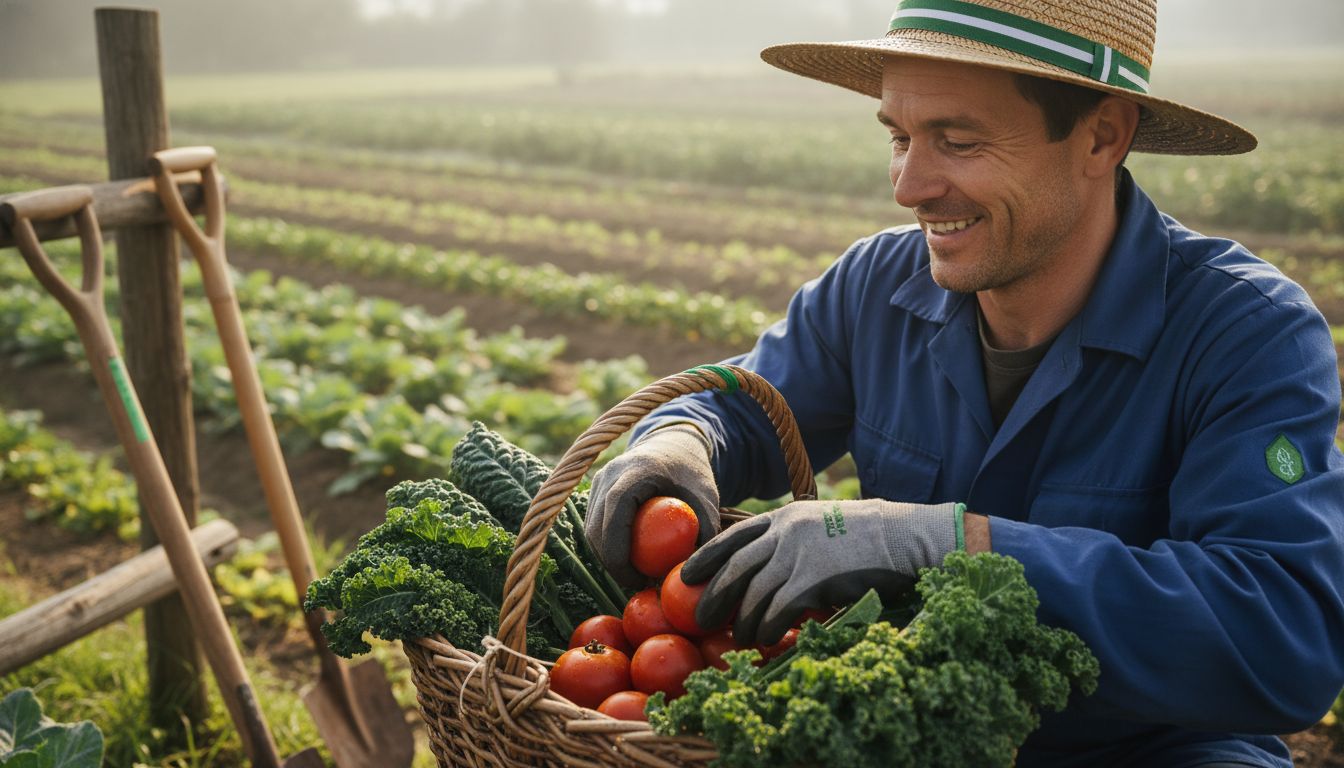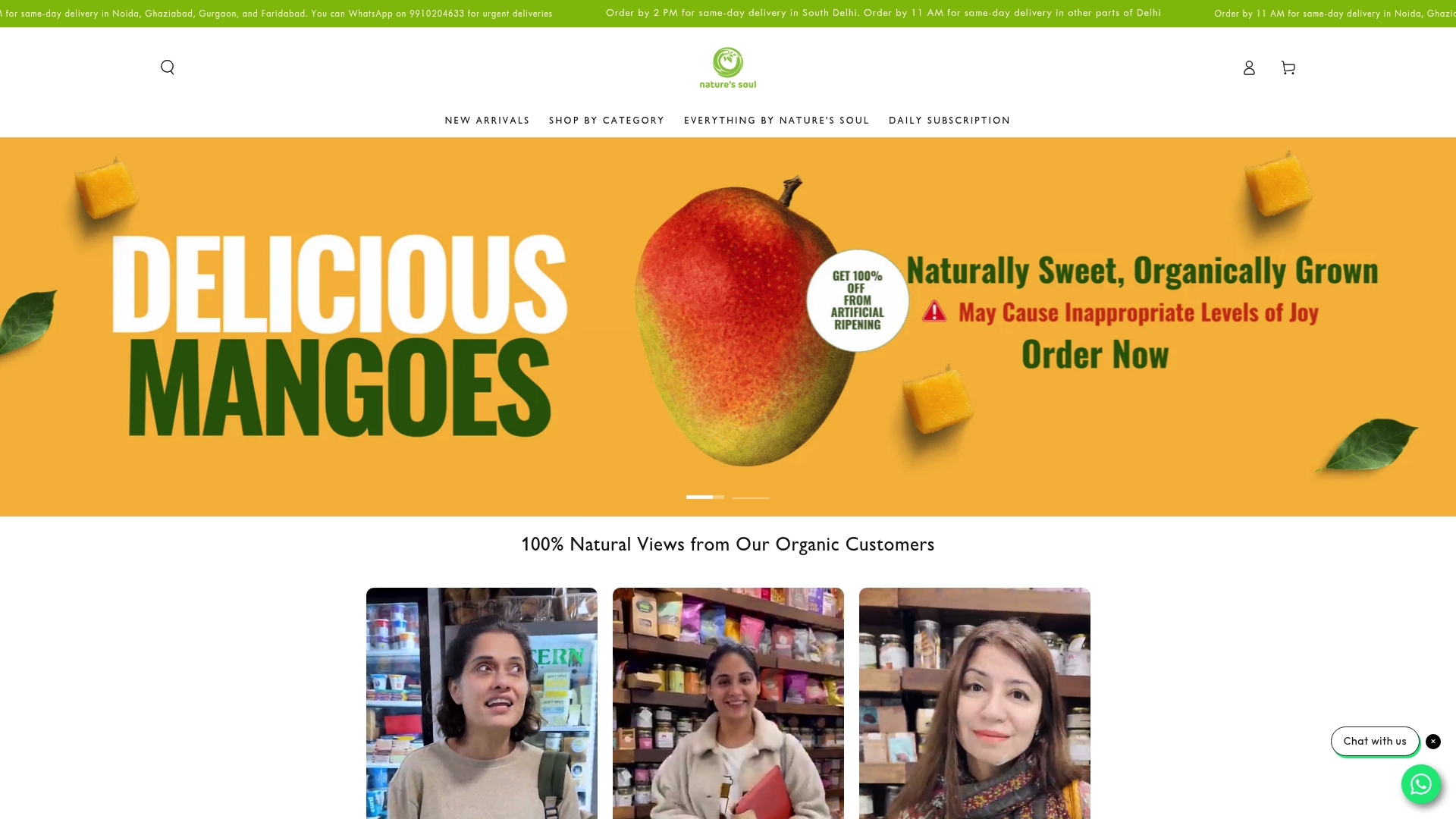Did you know that the definition of local food can stretch from just 2 km to as far as 500 km? Many shoppers believe buying nearby guarantees fresher and healthier food, yet the facts suggest a more complicated picture. Sorting through myth and reality helps you make better choices, enjoy richer flavors, and support your health and community every time you buy fruits or vegetables.
Table of Contents
- Defining Local Produce And Common Misconceptions
- Nutritional Value And Freshness Advantages
- Seasonal Variety And Community Impact
- Environmental Sustainability And Food Miles
- Safety, Traceability, And Health Considerations
Key Takeaways
| Point | Details |
|---|---|
| Definition of Local Produce | Geographic criteria for local produce varies, impacting consumer perceptions of quality and nutrition. |
| Nutritional Advantages | Locally sourced produce typically offers higher nutrient retention due to peak ripeness harvesting, compared to those shipped long distances. |
| Community and Economic Impact | Purchasing local produce supports local economies, reinforces community ties, and promotes seasonal eating habits. |
| Environmental Benefits | Local sourcing minimizes food miles and reduces carbon emissions while often employing sustainable farming practices. |
Defining Local Produce and Common Misconceptions
When we talk about local produce, most people imagine fresh vegetables grown within a short distance. However, the reality is far more nuanced. According to research from sustainability journals, the definition of ‘local food’ can vary dramatically, with geographical distances ranging from just 2 km to as far as 500 km. This significant variation creates substantial confusion for consumers trying to understand what truly qualifies as local.
The primary misconception surrounding local produce is that proximity automatically guarantees superior quality or nutrition. Research from nutrition experts suggests that factors like seed variety, soil quality, and post-harvest handling significantly impact nutrient content - meaning local doesn’t always equate to better. Just because a tomato is grown nearby doesn’t necessarily mean it’s more nutritious than a carefully cultivated product from slightly further away.
To truly understand local produce, consumers should focus on a few key characteristics:
- Shorter transportation distances
- Potential for fresher harvesting
- Supporting regional agricultural ecosystems
- More direct connection between producer and consumer
Interestingly, our guide on organic vs conventional products provides additional context about understanding food production methods. Understanding local produce isn’t just about distance, but about creating a more transparent and sustainable food system that benefits both consumers and farmers.
Nutritional Value and Freshness Advantages
The magic of local produce lies not just in its proximity, but in its remarkable nutritional profile. Research from nutrition experts reveals that locally grown fruits and vegetables offer significant advantages in nutrient retention. According to studies, locally sourced produce can contain up to 50% more nutrients compared to fruits and vegetables transported over long distances, making them a powerhouse of nutritional goodness.
The key to this nutritional superiority is peak ripeness harvesting. When produce is picked at the right moment and consumed quickly, it retains maximum nutritional value. Unlike products shipped across vast distances, which are often harvested prematurely to withstand transportation, local produce is typically picked when it’s fully ripe. This means more vitamins, minerals, and essential compounds make it from farm to your plate.

Key nutritional advantages of local produce include:
- Higher concentration of vitamins and minerals
- Better flavor and taste profile
- Reduced nutrient degradation during transportation
- Greater potential for organic and sustainable farming practices
When seeking comprehensive insights into clean eating, our guide on understanding clean ingredients provides an excellent companion resource for those interested in maximizing their nutritional intake through mindful food choices.
Seasonal Variety and Community Impact
Local produce transforms eating from a simple transaction into a powerful community-building experience. According to research on sustainable agriculture, consuming local produce encourages seasonal eating, which means enjoying a diverse diet that changes throughout the year. This approach not only provides nutritional variety but also directly supports local farmers and strengthens community economic networks.
The economic impact of choosing local produce is profound. By purchasing fruits and vegetables from regional farmers, consumers are essentially investing directly in their local economy. Research indicates that money spent on local produce creates a multiplier effect, sustaining small businesses, fostering job creation, and keeping financial resources circulating within the community. It’s a simple yet effective way of supporting grassroots economic development.
Key community and seasonal benefits include:
- Enhanced food diversity throughout the year
- Direct economic support for local farmers
- Reduced carbon footprint from transportation
- Preservation of local agricultural traditions
- More transparent food production systems
Our guide on understanding healthy eating on the go complements this approach by showing how mindful food choices can create meaningful connections between consumers, producers, and the broader community ecosystem.
Environmental Sustainability and Food Miles
The concept of food miles represents a critical environmental consideration in our modern food system. Research demonstrates that local sourcing can dramatically reduce transportation emissions, presenting a powerful strategy for minimizing carbon footprint. By choosing locally grown produce, consumers directly contribute to reducing the environmental impact associated with long-distance food transportation.
Local farming practices often go beyond simply reducing transportation distances. According to environmental research, these agricultural approaches typically employ more sustainable land management techniques, including reduced chemical usage and more environmentally conscious farming methods. This holistic approach means that local produce not only travels shorter distances but is also produced with greater ecological sensitivity, resulting in less soil and water pollution.
Key environmental benefits of local produce include:
- Significant reduction in greenhouse gas emissions
- Decreased reliance on fossil fuels for transportation
- Preservation of local ecosystems
- Enhanced biodiversity through sustainable farming practices
- Lower overall environmental impact
Our guide to sustainable food choices provides deeper insights into how individual food decisions can create meaningful environmental impact, helping consumers make more informed and eco-conscious purchasing decisions.
Safety, Traceability, and Health Considerations
Local produce represents a significant leap forward in food safety and transparency. Research reveals that locally sourced fruits and vegetables are substantially less likely to require preservatives and chemical ripening agents, dramatically reducing consumers’ exposure to potentially harmful substances. This direct connection between farmer and consumer creates a more transparent food ecosystem where the journey of each item can be more easily traced and understood.
Local farmers typically employ more responsible agricultural practices compared to large-scale commercial operations. Studies indicate that these smaller, community-based producers use significantly fewer pesticides and chemicals, resulting in produce with minimal chemical residues. This approach not only protects consumer health but also supports a more natural and environmentally conscious food production system that prioritizes quality over industrial efficiency.
Key safety and health advantages of local produce include:
Here’s how local and non-local produce compare on key factors:
| Factor | Local Produce | Non-Local Produce |
|---|---|---|
| Nutritional Value | Higher retention Peak ripeness |
Lower retention Often picked early |
| Freshness | Often harvested recently | Can be days or weeks old |
| Environmental Impact | Low food miles Sustainable practices |
High transport emissions Intensive farming |
| Community Impact | Supports local farmers Boosts local economy |
Profits leave community |
| Traceability | Transparent origins Direct producer link |
Limited traceability |
| Chemical Exposure | Fewer chemicals Minimal preservatives |
More additives More pesticides |
-
Reduced chemical and preservative exposure
-
Enhanced food traceability
-
Lower risk of bacterial contamination
-
More transparent agricultural practices
-
Direct connection with food producers
Our guide exploring preservatives and their potential health impacts offers additional insights into understanding the complex relationship between food processing and consumer health.
Discover the True Power of Fresh, Local, and Clean Choices
The challenge with local produce is knowing which products truly deliver on freshness, nutrition and sustainability while avoiding hidden chemicals and preservatives. This article highlights how peak ripeness harvesting and transparent food sourcing matter for your health and the environment. If you are seeking to support local communities and reduce your carbon footprint without compromising on quality, the quest for genuinely clean, organic ingredients becomes essential.

Explore a carefully curated range of organic and natural products crafted with clean ingredients across all categories at Nature’s Soul Shop. From fresh fruits and vegetables to dairy, vegan and gluten-free options, we make it easy to enjoy the benefits of local-like freshness delivered right to your door. Start your journey towards mindful eating and stronger community support today by visiting Nature’s Soul Shop. Dive deeper into food quality with our insightful guides such as Organic vs Conventional Products or Understanding Clean Ingredients to make informed, healthful choices now.
Frequently Asked Questions
What is considered local produce?
Local produce refers to fruits and vegetables grown in close proximity to where they are sold. Definitions can vary, with geographical distances ranging from 2 km to 500 km, depending on different interpretations.
How does local produce impact nutritional value?
Local produce often contains higher nutrient levels due to peak ripeness harvesting. Studies show that it can have up to 50% more nutrients compared to items transported over long distances, as local products are typically picked when fully ripe.
What are the environmental benefits of choosing local produce?
Local produce helps reduce transportation emissions, leading to a smaller carbon footprint. Additionally, local farming practices often involve sustainable land management techniques, resulting in less soil and water pollution.
How does purchasing local produce benefit the community?
Buying local produce supports regional farmers and encourages seasonal eating. This creates a positive economic impact, as money spent locally can help sustain small businesses, foster job creation, and keep resources within the community.






